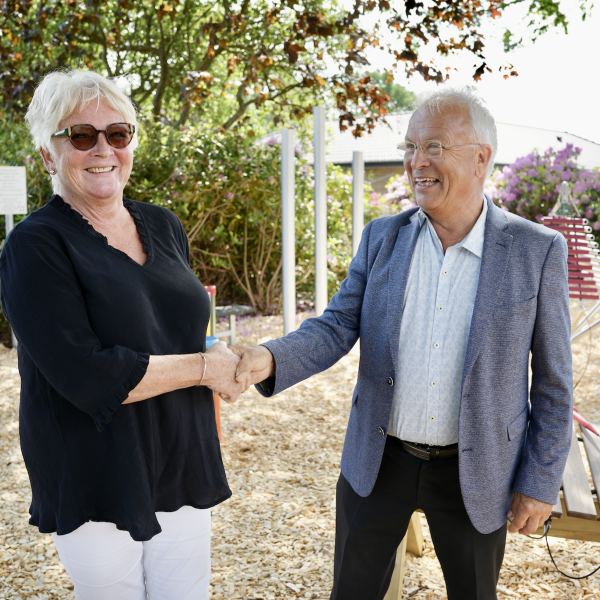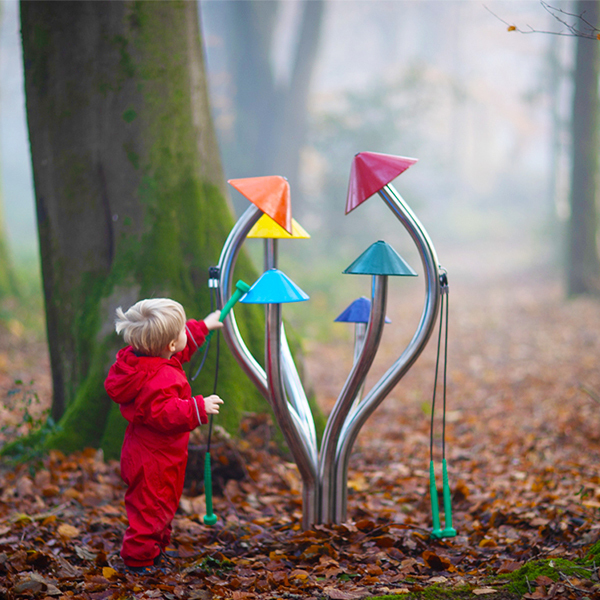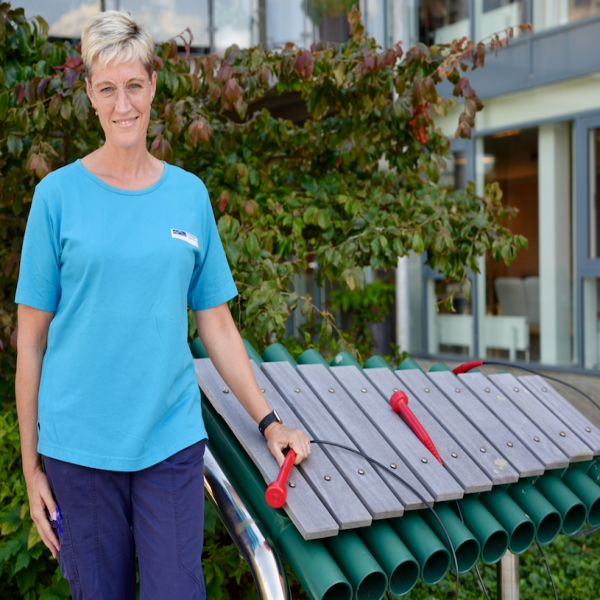Encouraging Deaf Children and Young People Access Music
Deaf Awareness Week 2015 4th-10th May
We’re halfway through Deaf Awareness Week 2015 and this year’s theme is ‘Connect and Communicate’ which aims to raise awareness of the importance of establishing meaningful connections and effective communication for people with hearing loss.
Did you know that 15% of the population in the UK are deaf to some extent? All over the world there are people with varying levels of hearing loss, deafness is a spectrum from mild to profound, from little children with glue ear to those who have lost hearing later in life. Some communicate using sign language whilst others lip read. Some deaf children can use a lot of their residual hearing with the support of hearing aids or they might have a cochlear implant. Others may be deaf in just one ear. The type and level of deafness and the technology used means every deaf child’s perception of music will vary greatly.
Contrary to what many people believe, deaf children are able to access music, in fact many deaf people play musical instruments and take part in music activities on a daily basis. It is a misconception that they cannot participate in and enjoy music. Virtuoso percussionist Dame Evelyn Glennie became profoundly deaf when she was 12-years-old, and discovered that she could feel the vibrations of sounds. “When I’m asked if I hear the percussion instruments I am playing or other instruments playing alongside me, my response is, that I feel the music through my body – my hands, arms, cheekbones, scalp, everywhere.”
As with any hearing child it is always good to introduce a deaf child to music as early as possible. Music can encourage a child to listen to sound, to communicate with adults and in a group, and they will benefit from repetitive rhymes and singing. Musical instruments can provide deaf children with valuable auditory experience of rhythmic patterns, tempo and pitch. As well as the vibrations, the visual aspect and performance value of playing an instrument can help children increase their confidence, encourage learning about emotions and help develop fine motor skills. You can use music in small groups to encourage awareness of others and how to wait for responses, taking turns and looking for cues.
Generally, the teaching and learning process of music is the same for deaf children as it is for their hearing peers. However, teaching in small groups, using very clear visual and aural communication and teaching in areas where there is no echo or loud background noises is particularly important. In fact, try taking the music lesson outdoors. The lack of a roof and walls with fresh air and sunlight all around has a dramatically positive effect on mood. Like food, music is different (and often better) when sampled alfresco. It's not just a matter of acoustics: cool breezes, newly cut grass and open skies stimulate all the senses, heightening the total experience.
All children have a right to access and experience the power of music and Percussion Play believe they should have the same opportunities to fully engage in music making.
“It is obvious that not all hearing impaired people will be musical in its fullest sense. But, then neither are all hearing folk. What is needed is the opportunity to experiment in order to discover what musical abilities lie dormant in us” William G Fawkes, music teacher of the deaf, 1975-1988.
“As soon as we're born we're striking something or rattling something. There are no social barriers to percussion at all." Dame Evelyn Glennie

Med støtte fra generøse donorer, herunder Nordea-fonden, har "Musik i haven" skabt et meningsfyldt samlingssted for alle. Instrumenterne fremmer fællesskab,...

Vi er utroligt glade og stolte over at kunne introducere vores helt nye Liberty...
